Deceptive advertising, medical misinformation, and billions of dollars
fuel the anti-abortion movement’s ground game.
Washington, DC – New research released this week by the National Committee for Responsive Philanthropy (NCRP) shows that crisis pregnancy centers (CPCs) are backed by billions of dollars and institutional ties to larger groups that provide financial security and significant organizational infrastructure.
“Crisis pregnancy centers often portray themselves as small-scale, independent local operations, but that is just another example of how they deceive the public,” said Stephanie Peng, Movements Research Manager for NCRP. “Our research on the IRS tax filings for over a thousand groups engaged in CPC efforts found revenue of more than $4 billion between 2015-2019, more than half of which went to larger religious and charitable organizations that house these programs.”
Crisis pregnancy centers and services are an essential, but often overlooked strategy in the anti-abortion movement’s playbook. These fake clinics outnumber legitimate abortion clinics 3 to 1 and are found in every state and the District of Columbia. Deceptive by design, they use false advertising and medical misinformation to target and pressure abortion seekers to carry unwanted pregnancies to term.
The NCRP report points out that there are dozens of legitimate health facilities and non-profits that would be better recipients of direct resources to support pregnant people.
“Grantmakers have plenty of choices to fund organizations who provide safe, transparent and welcoming care,” said NCRP Movement Engagement Manager Brandi Collins-Calhoun. “Organizations like Sister Reach, CHOICES, National Birth Equity Collaborative, The Birth Justice Care Fund, and Indigenous Women’s Rising are just some of the many committed community-focused groups working locally to inform pregnant people of their full range of options without judgement or misinformation.”
The Dobbs Effect
The Supreme Court’s decision in Dobbs v. Jackson Women’s Health Organization has brought renewed attention by journalists, policymakers and funders to the network of CPCs that are embedded as beachhead “ground troops” of the anti-abortion movement in almost every city and county nationwide. NCRP’s analysis of existing public data provides further insight into how abortion access was actively eroded through this strategy even before the Court’s overturning of Roe v. Wade.
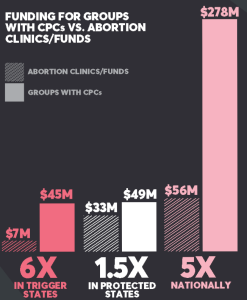 “If we look in the 13 trigger law states that banned abortion immediately after the Dobbs decision, crisis pregnancy efforts have historically gotten six times as many philanthropic dollars as legitimate abortion clinics and funds,” said Aaron Dorfman, President and CEO of NCRP. “There is a lesson here for funders: Failure to meaningfully invest in progressive infrastructure in conservative states has disastrous life or death consequences.”
“If we look in the 13 trigger law states that banned abortion immediately after the Dobbs decision, crisis pregnancy efforts have historically gotten six times as many philanthropic dollars as legitimate abortion clinics and funds,” said Aaron Dorfman, President and CEO of NCRP. “There is a lesson here for funders: Failure to meaningfully invest in progressive infrastructure in conservative states has disastrous life or death consequences.”
That ratio is only slightly better nationally. Groups engaged in crisis pregnancy efforts were funded at five times the rate of those dedicated to ensuring abortion access, pulling in $278M in foundation support compared to $56M for legitimate clinics and abortion funds between 2015-2019 (the latest years with available data). Even in the 16 states and the District of Columbia where abortion is protected, philanthropic funding during this period was 1.5 times higher for organizations with CPCs than for local clinics and funds. This is in addition to the millions in public funding enjoyed by CPCs in at least 29 states, including through Alternatives to Abortion programs and the redirection of dollars from programs such as Temporary Assistance for Needy Families (TANF).
“Our research represents the tip of the iceberg,” Peng said, noting that it does not include support for CPCs by individual donors or from Donor Advised Funds. “Even this small window into the anti-abortion movement’s ground game should make it clear that navigating a post-Roe world requires investing significant, long-term resources in the local abortion clinics and funds fighting in the trenches.”
How Can Philanthropy Tackle the Resource Disparity in Access
“The Threat of Crisis Pregnancy Centers to the Future of Abortion Access” is the last of four reports that NCRP has organized over the last year in a roadmap for grantmakers looking to support health equity through reproductive access. The report also includes a first-person crisis pregnancy center experience by WeTestify storyteller Maleeha Aziz, a visual summary of important data graphics, and a Q&A with Reproaction’s Erin Matson on the important work that they have been spearheading in bringing to light the threat to access and accurate health information posed by CPCs.
Among the recommendations presented to philanthropy in the report:
- Prioritize State and Local Abortion Funds in your Grantmaking
- Distribute Unrestricted Funding to Legitimate Abortion Clinics
- Screen Current and Future Grantees for Deceptive Groups
- Fund Comprehensive Sex Education, Including Perinatal Education and Abortion Care.
- Invest in Policy Work that Combats the Opposition Directly
The roadmap’s previous tracks highlighted abortion access needs of transgender and gender expansive patients and the active role that independent abortion clinics and abortion funds play as frontline providers and advocates and the geographic, economic and social barriers patients face in getting to them.
NCRP staff encourages organizers and funders to use the roadmap’s collection of stories, resource links and recommendations to educate, persuade and push donors to make health justice real for thousands of Americans. Doing so depends on everyone getting the care that they need when they need it the most – including abortions. .
“Now it is time for philanthropy to make a deeper commitment to destigmatizing access to abortion services,” conclude Collins-Calhoun and Peng. “Foundations and individual donors can start by immediately financially cutting off one of the anti-abortion movements greatest tools, crisis pregnancy centers.”
ABOUT NCRP
The National Committee for Responsive Philanthropy (NCRP) has served as philanthropy’s critical friend and independent watchdog since 1976. We work with foundations, nonprofits, social justice movements and other leaders to ensure that the sector is transparent with, and accountable to, those with the least wealth, power, and opportunity in American society.
Our storytelling, advocacy and research efforts, in partnership with grantees, help funders fulfill their moral and practical duty to build, share and wield economic resources and power to serve public purposes in pursuit of justice.
To learn more about how to support this and other movement work, check out NCRP’s Movement Investment Project.
###




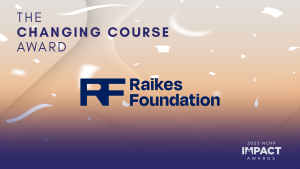
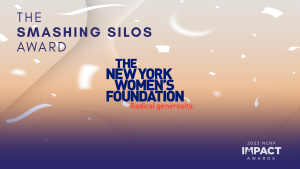


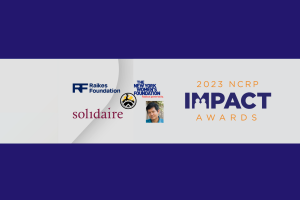
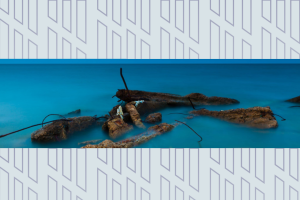

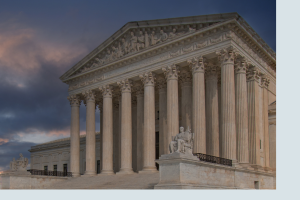
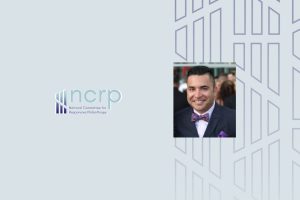

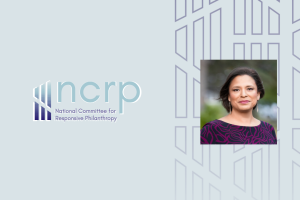
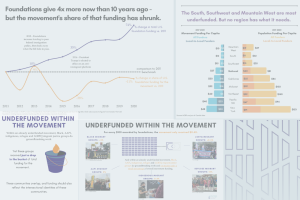
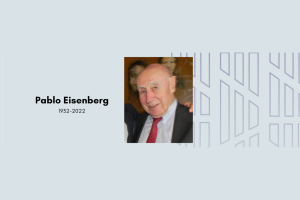
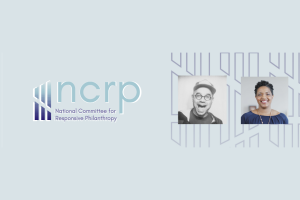
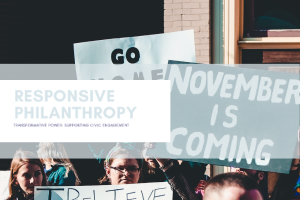
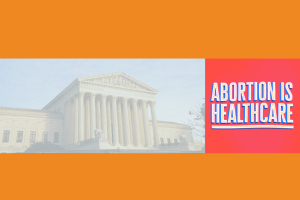
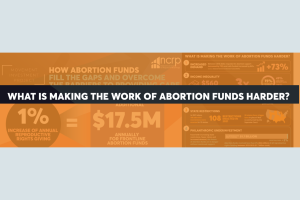

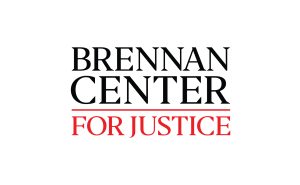

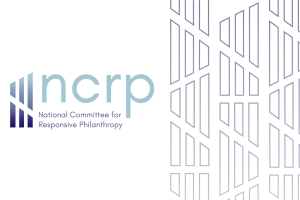
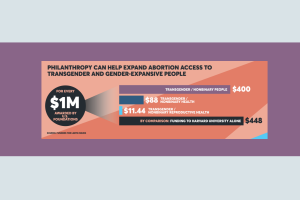



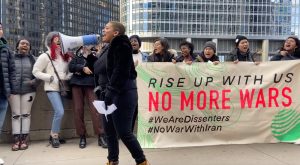
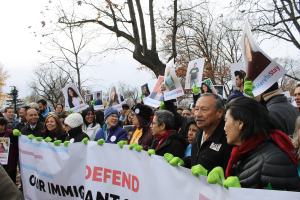
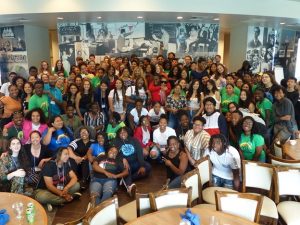

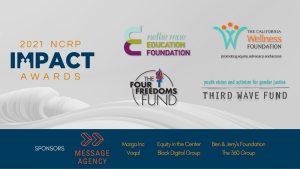


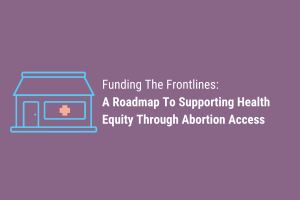

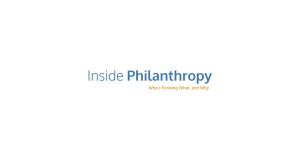
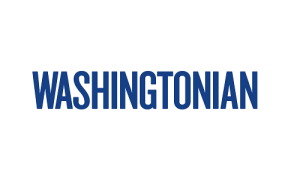

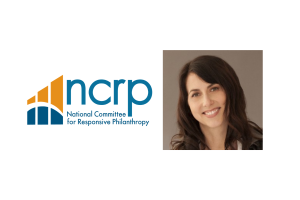

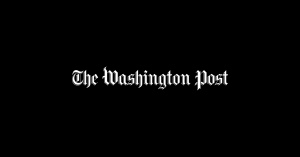




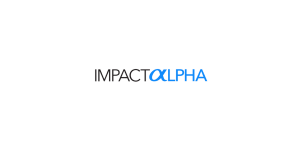



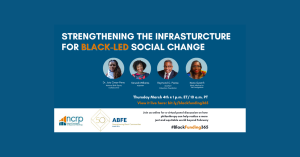


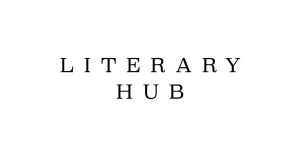
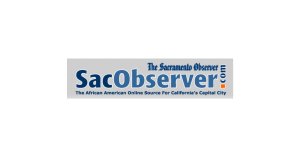

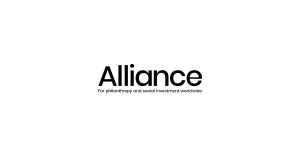




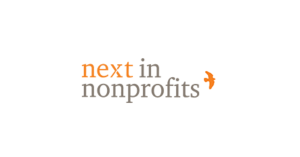
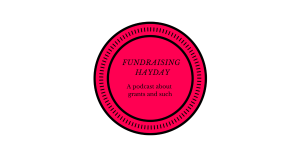

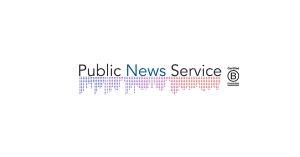



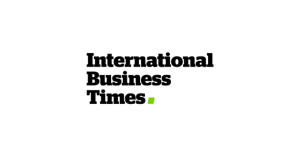







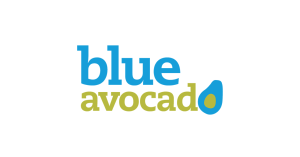





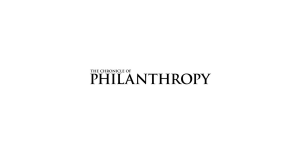


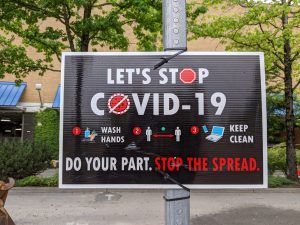

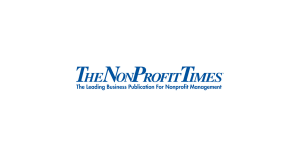


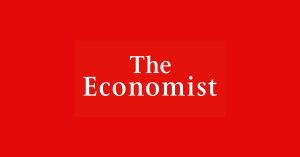



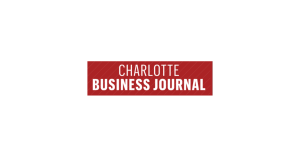




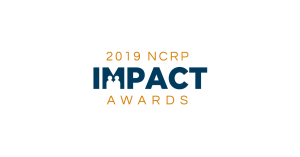















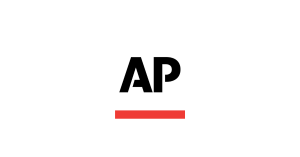
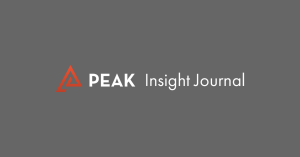



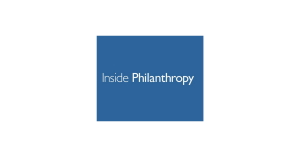




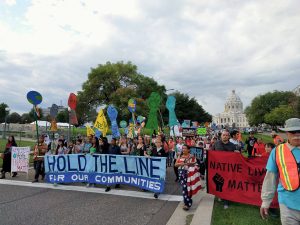

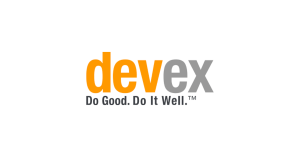

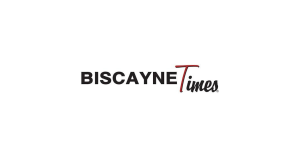

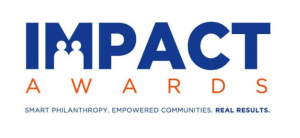












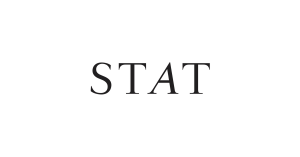

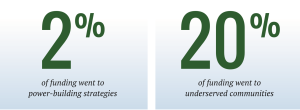





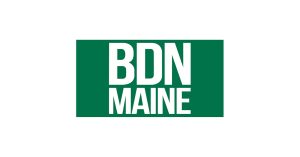












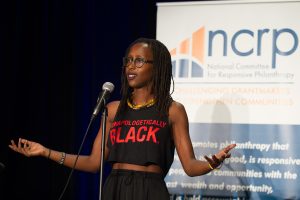








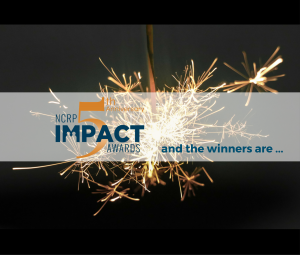

























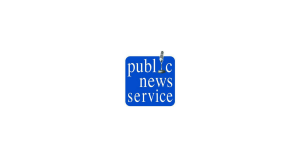

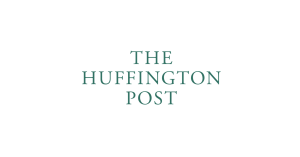















































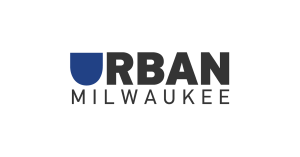




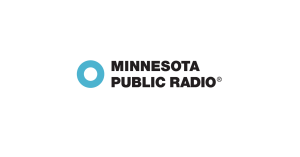





Leave a Reply